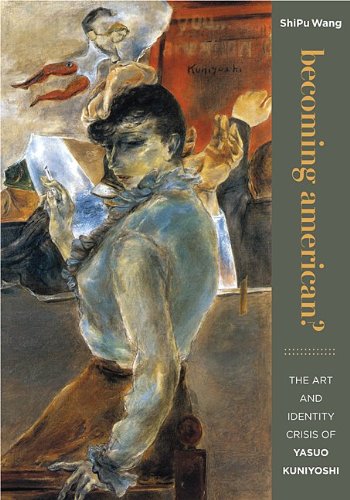

Most ebook files are in PDF format, so you can easily read them using various software such as Foxit Reader or directly on the Google Chrome browser.
Some ebook files are released by publishers in other formats such as .awz, .mobi, .epub, .fb2, etc. You may need to install specific software to read these formats on mobile/PC, such as Calibre.
Please read the tutorial at this link: https://ebookbell.com/faq
We offer FREE conversion to the popular formats you request; however, this may take some time. Therefore, right after payment, please email us, and we will try to provide the service as quickly as possible.
For some exceptional file formats or broken links (if any), please refrain from opening any disputes. Instead, email us first, and we will try to assist within a maximum of 6 hours.
EbookBell Team

5.0
98 reviewsDrawing on previously unexamined primary sources, Becoming American? is the first scholarly book in over two decades to offer an in-depth and critical analysis of Yasuo Kuniyoshi's pivotal works, including his "anti-Japan" posters and radio broadcasts for U.S. propaganda, and his coded and increasingly enigmatic paintings, within their historical contexts. Through the prism of an identity crisis, the book examines Kuniyoshi's imagery and writings as vital means for him to engage, albeit often reluctantly and ambivalently, in discussions about American democracy and ideals at a time when racial and national origins were grounds for mass incarceration and discrimination. It is also among the first scholarly studies to investigate the activities of Americans of Japanese descent outside the internment camps and the intense pressures with which they had to deal in the aftermath of Pearl Harbor.
As an art historical book, Becoming American? foregrounds broader historical debates of what constituted American art, a central preoccupation of Kuniyoshi's artistic milieu. It illuminates the complicating factors of race, diasporas, and ideology in the construction of an American cultural identity. Timely and provocative, the book historicizes and elucidates the ways in which "minority" artists have been, and continue to be, both championed and marginalized for their cultural and ethnic "difference" within the twentieth-century American art canon.
38 b&w illus., 208 pages